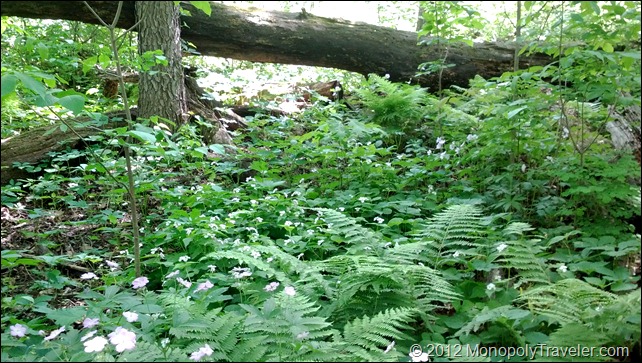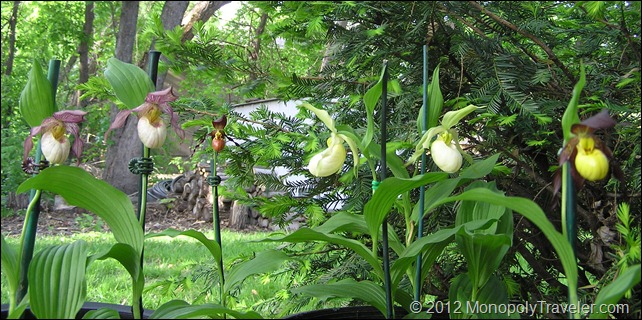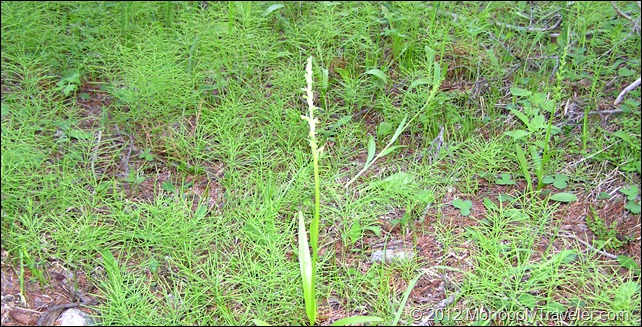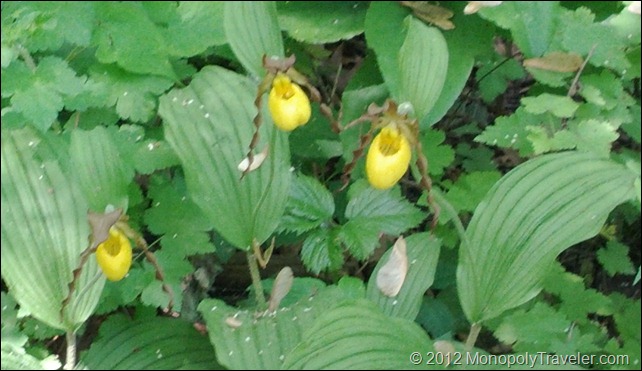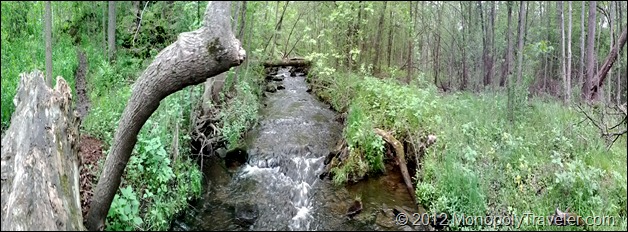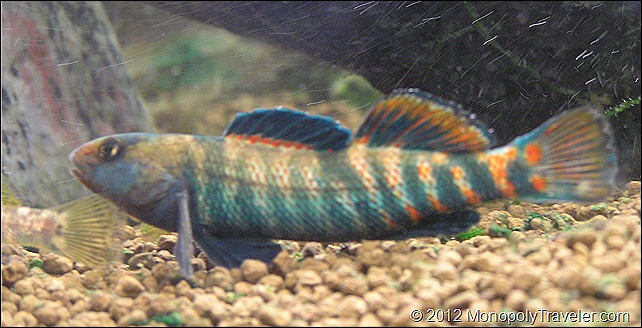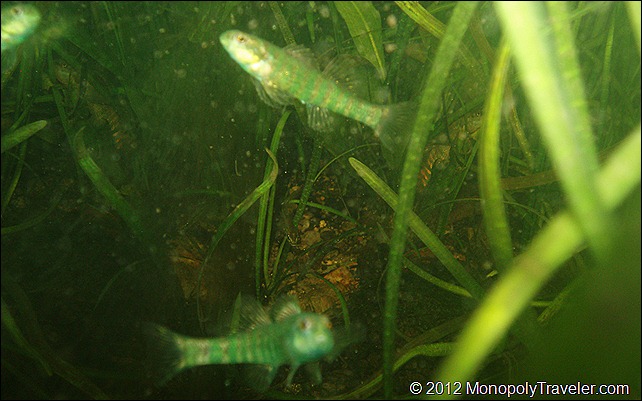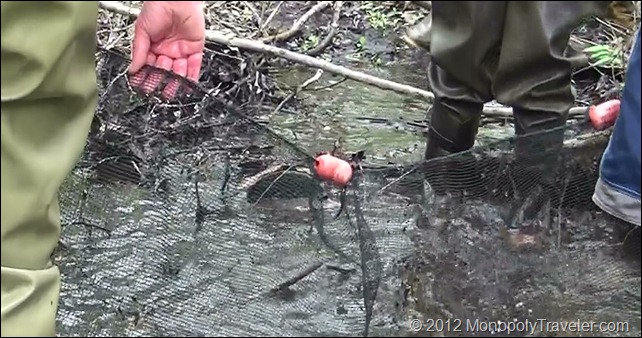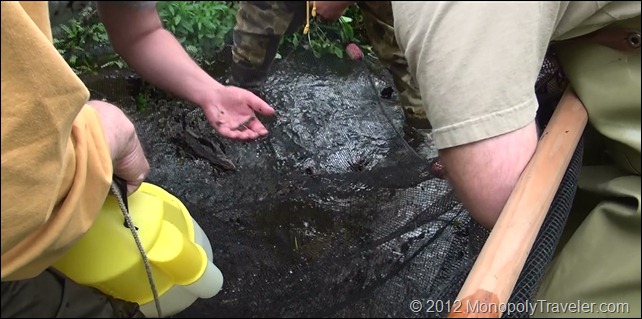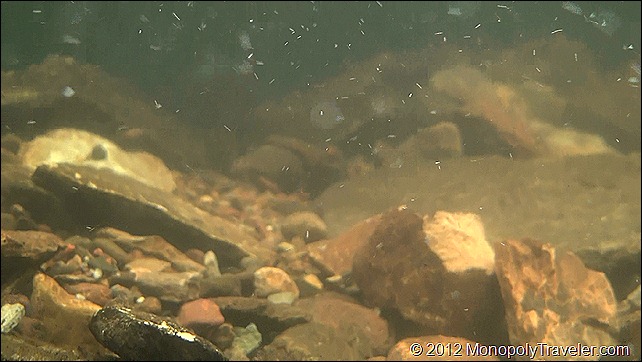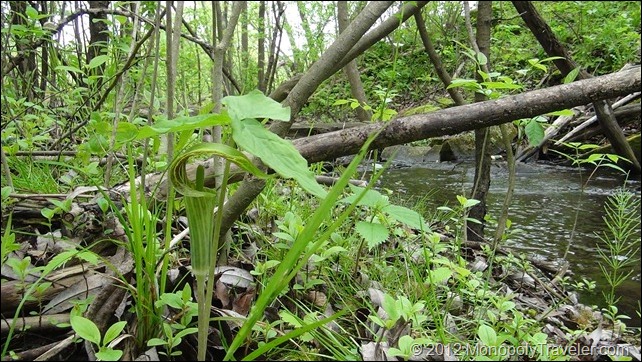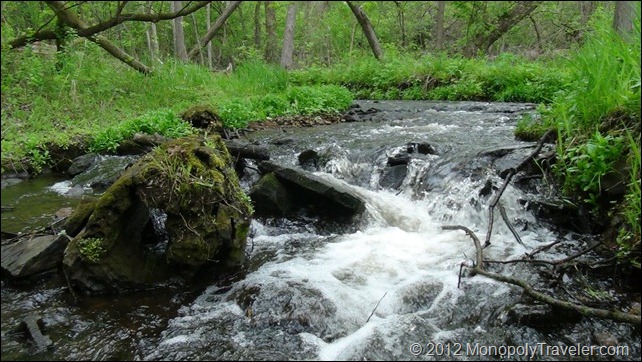Now that spring is well on it’s way (even a few weeks ahead of normal) many of the flowers are in full bloom and lady slippers are no exception. I’ve been waiting since last fall to see some of my lady slippers bloom for the first time as well as get another look at the orchids that bloomed a year ago. I have not been disappointed as each flower is unique in color, size, and fragrance.
This past winter is the first one that I stored these hardy lady slippers and have been somewhat nervous if they would survive my over wintering techniques. This nervousness comes from the fact that these orchids are in containers which I buried into the ground. The purpose of planting them in containers is because they require the right soil conditions to thrive and my natural soil is less than ideal for orchids. The intention is to grow these orchids in containers until they get larger enough (hopefully in a few years ) so that I can split them apart. Then I can plant some in the ground, which I will amend heavily to accommodate the orchids, and still keep part of the plant in the container until I’m convinced they will do just fine in the ground. 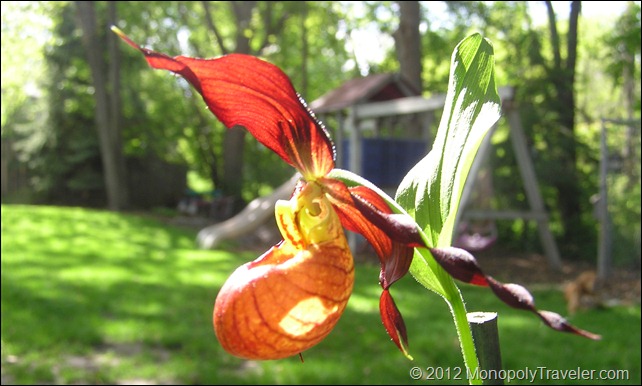
Over time I have a grandiose plan to have a garden devoted to winter hardy orchids. The largest hurdle to this may be the availability of these orchids. Very few hardy orchids are available for sale and it is not legal to dig wild orchids. There are a couple of channels I can explore to try and locate some of these orchids which I have not attempted yet.
This interest in native orchids began while exploring the Rocky Mountains. Late on afternoon we came upon a moose grazing in the woods and wanted to try and get a picture of it. I was trying to slowly get a little closer for a full photo of the moose eating by walking as quietly as possible through the woods to position myself for a photo without getting to close to the moose. At one point I stopped and realized I was surrounded by wild orchids. When I returned home I spent some time researching this orchid in order to identify it and determine the possibility of adding it into my yard. If I’m willing to adjust the soil I have to fit this orchid it would most likely grow. Unfortunately obtaining the orchid through legal channels proves to be the challenge. So until I can acquire this orchid I will continue to practice on the orchids which are available – the lady slipper.

